Textbook of Endodontology 3rd Edition
Textbook of Endodontology:
Additional ISBNs:
∗ eText ISBN: 1119057361, 978-1119057369, 9781119057369
Table of Contents
Foreword
Preface
About the companion website
Chapter 1 Introduction to endodontology
Endodontology
The objective of endodontic treatment
Clinical problems and solutions
The diagnostic dilemma
The outcome dilemma
The tools of treatment
References
Part 1 The Vital Pulp
Chapter 2 The dentin–pulp complex: structure, functions, threats, and response to external injury
Introduction
The odontoblast and the dentin–pulp complex
The dental pulp
Immune responses in the dentin–pulp complex
Responses of the healthy dentin–pulp complex to nondestructive stimuli
The dentin–pulp complex and responses to external injuries
Summary
References
Chapter 3 Dentinal and pulpal pain
Introduction
Classification of nerve fibers
Morphology of intradental sensory innervation
Function of intradental sensory nerves
Sensitivity of dentin: hydrodynamic mechanism in pulpal A-fiber activation
Responses of intradental nerves to tissue injury and inflammation
Local control of pulpal nociceptor activation
Dentin hypersensitivity
Pain symptoms and pulpal diagnosis
References
Chapter 4 Clinical pulp diagnosis and decision-making
Introduction
Evaluation of diagnostic information
Diagnostic accuracy
Diagnostic strategy
Clinical manifestations of pulpal and periapical inflammation
Collecting diagnostic information
Diagnostic methodology: assessment of pulp vitality
Diagnostic methodology: evaluation of reported pain
Diagnostic methodology: provocation/inhibition of pain
Diagnostic methodology: evaluation of tooth discolorations
Diagnostic classification
References
Chapter 5 Caries pathology and management in deep stages of lesion formation
Enamel lesions without clinical cavitation
Progressive stages of enamel–dentin lesions without surface cavitation and exposure of dentin to the oral environment
Cavitation of the dentin lesion
Concluding remarks on the natural history of dental caries
Strategies for the management of deep caries
Detailed treatment protocol for deep caries management
References
Chapter 6 Treatment of vital pulp conditions
Introduction
Indications and treatment concepts for preserving vital pulp functions
Protocols for treatments aiming to preserve the vitality of the exposed pulp
Factors of importance in preserving vital pulp functions
Capping materials and healing patterns
Tissue–biomaterial interaction and pulp healing
Pulp-preserving treatments – a controversial treatment?
Indications and treatment concepts for treating the irreversibly inflamed vital pulp (pulpectomy)
Postoperative considerations
Choosing between pulp-preserving vital pulp therapies and pulpectomy
Concluding remarks on the avoidance of pulpectomy by vital pulp therapies
Revitalization and/or regenerative endodontic procedures
References
Part 2 The Infected Necrotic Pulp and Apical Periodontitis
Chapter 7 Apical periodontitis
Introduction
The nature of apical periodontitis
Interactions with the infecting microbiota
Treatment and healing of periapical lesions
Persistence of periapical lesions
Clinical manifestations and diagnostic terminology
References
Chapter 8 Microbiology of the inflamed and necrotic pulp
Introduction
Historical background
Clinical evidence
Infections in root-filled teeth with persistent apical periodontitis
Microbial pathogenesis of apical periodontitis
Association of signs and symptoms with specific bacteria
Biological evidence
Extraradicular biofilms
Ecological determinants for microbial growth in root canals
Microbial interactions in biofilms
Microbial resistance to antimicrobials
Antibiofilm strategies
Concluding remarks
References
Chapter 9 Clinical diagnosis of pulp necrosis and apical periodontitis
Introduction
Clinical features of pulp necrosis and root canal infections
Radiographic features of apical periodontitis
A strategy for the formulation of a periapical diagnosis
Diagnostic challenges during treatment
Special cases of endodontic infections
An integrated approach to endodontic diagnosis
References
Part 3 Endodontic Treatment Procedures
Chapter 10 Endodontic emergencies
Introduction
General diagnostic considerations and emergency principles
The etiology and pathogenesis behind emergency scenarios
Non-endodontic tooth pain – conditions of differential diagnostic interest
Management of patients with acute dental pain
References
Chapter 11 Controlling the environment – the aseptic working field
Background
Preparing teeth for rubber dam isolation and the development of an aseptic working field
Rubber dam isolation
Application of the rubber dam
Disinfection of the working field
Aseptic working procedures
References
Chapter 12 Access and canal negotiation: the first key procedural steps for successful endodontic treatment
Introduction
Principles of tooth development and tooth anatomy
Individual analysis of the tooth, preoperative radiographs, and additional CBCT scans in complex cases
Rubber dam isolation
Access cavity preparation
Canal negotiation
References
Chapter 13 Root canal instrumentation
Introduction
Principles of root canal instrumentation
Root canal system anatomy
Anatomical variations in teeth
Procedural steps
Endodontic instruments
Instrumentation techniques
Limitations of root canal instrumentation
Preventing procedural mishaps
References
Chapter 14 Irrigation and disinfection
Introduction
Eradication of microorganisms from the root canal system
Microbial reduction by instrumentation
Root canal irrigation
The apical root canal – a special challenge for irrigation
Activation of irrigant flow
Use of lasers in irrigation
Wide-spectrum sound energy for cleaning the root canal system
Intracanal medicaments
Concluding remarks
References
Chapter 15 Root canal filling
Chapter 15.1 Root canal filling materials
Introduction
Requirements
Evaluation of specific materials
References
Chapter 15.2 Root canal filling techniques
Introduction
Clinical objectives and in vitro investigations
The root canal filling–dentin interface
Root canal filling techniques
Concluding remarks
References
Part 4 The Endodontically Treated Tooth
Chapter 16 The root canal-treated tooth in prosthodontic reconstruction
Introduction
Fracture predilection of root-treated teeth
Occlusal loading
Root canal-treated teeth as abutments
Distribution of remaining tooth structure and restorability
Principles of restoration of root-treated teeth
Timing of restoration after endodontic treatment
Approach to restoration of anterior teeth
Characteristics of posts
Preparation of the post space
Approach to restoration of posterior teeth
Core materials
Modes of restoration failure in root canal-treated teeth
Conclusions
References
Chapter 17 Clinical epidemiology: measuring endodontic disease and treatment outcome
Introduction
Defining a “successful” outcome
Study designs commonly used in endodontic research
Treatment outcome and risk factors
Concluding remarks
References
Chapter 18 Endodontic retreatment – the decision-making process
Introduction
Why might the initial treatment be unsuccessful?
When may further intervention be considered?
Decision-making – the dentist’s perspective
Decision-making – the patient’s perspective
References
Chapter 19 Nonsurgical retreatment
Introduction
Indications
Instrumentation of the root canal
Summary
References
Chapter 20 Surgical endodontics
Introduction
General outline of the procedure
Local anesthesia
Flap design, incision, and raising the flap – general considerations
Access to the root tip
Root-end resection
Curettage of the soft-tissue lesion
Management of bleeding
Root-end preparation
Root-end filling
Repositioning and suturing of the flap
Postoperative measures
Follow-up after surgery
References
Part 5 Additional Considerations
Chapter 21 Local anesthetic considerations
Introduction
Fundamentals of local anesthetic action
Common local anesthetic agents in endodontics
Standard methods of local anesthesia for endodontics
Failure to secure anesthesia
Why may teeth be difficult to anesthetize?
Measures to preempt or overcome challenging local anesthesia
Supplementary injections
Sedation
Complications of local anesthesia
References
Chapter 22 Complex orofacial pain conditions
Introduction
Overview of pain mechanisms
Diagnostic process
Complex orofacial pain conditions
Painful posttraumatic trigeminal neuropathy
Persistent idiopathic facial pain
Atypical odontalgia/persistent dentoalveolar pain
Trigeminal neuralgia
Trigeminal autonomic cephalalgias
Migraine/neurovascular orofacial pain
Temporomandibular disorder pain – referred pain
Summary
References
Chapter 23 Endodontic complications after trauma
Introduction
Common dental injuries
Dental trauma and its consequences
Consequences of pulp breakdown and infection after trauma
General considerations in the management of dental trauma
Diagnostic quandaries: to remove or review the pulp after trauma?
References
Chapter 24 Medicolegal considerations
Introduction
Ethical considerations – the concepts of beneficence and nonmaleficence
Defining best practice
Endodontic procedures as complex interventions with scope for imperfection, oversight and error
Examples of errors and accidents
Do errors always lead to legal action?
Professional indemnity/malpractice insurance
Managing risks
Conclusion
References
Chapter 25 Emergencies in need of urgent referral
Introduction
Neurological injuries resulting from endodontic procedures and materials
Neurological injuries resulting from periapical inflammation
Chemical tissue trauma
Severe odontogenic infections that may compromise systemic health
Suspicion of locally aggressive or neoplastic lesions
Severe or persistent pain
Inhalation or aspiration of dental instruments or materials
Allergic responses that may compromise systemic health
Reporting adverse events
Summary
References
Chapter 26 The transition to independent practice
Introduction
The challenge of transition
Learning: explanations and strategies
Conclusion
Acknowledgment
References
Index
End User License Agreement


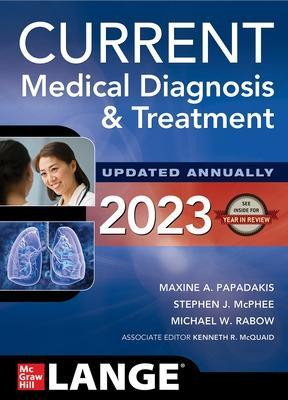
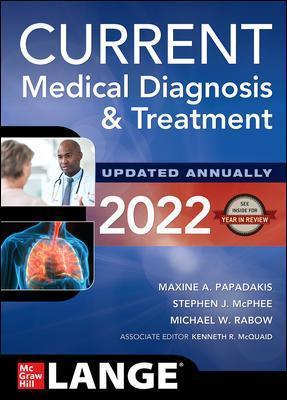
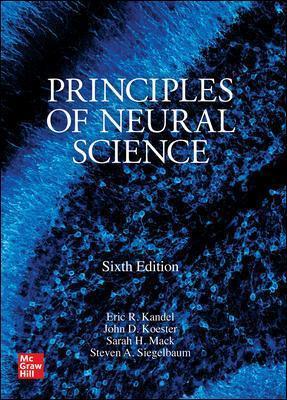





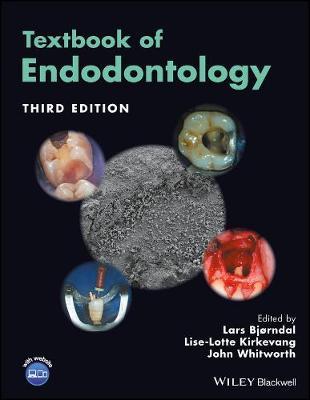





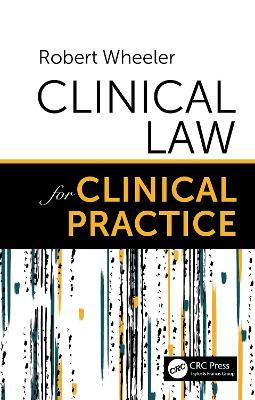
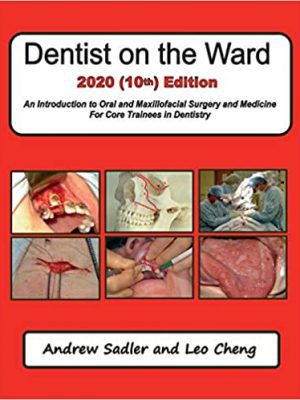
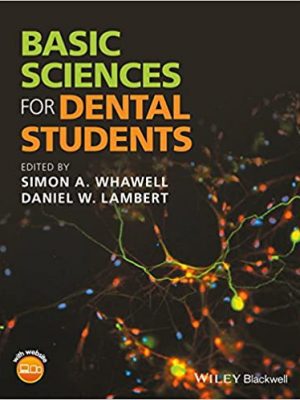
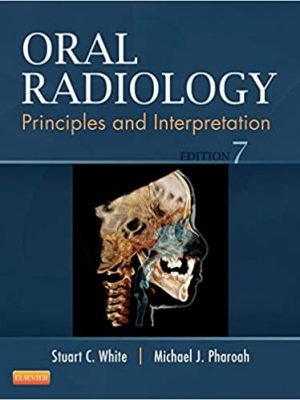
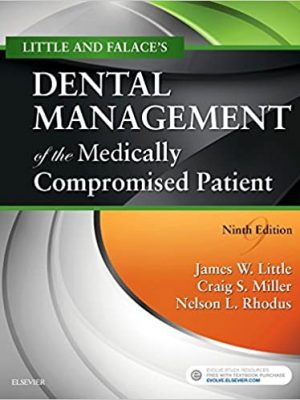
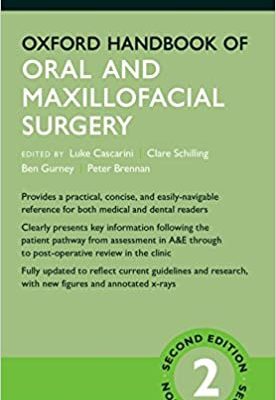



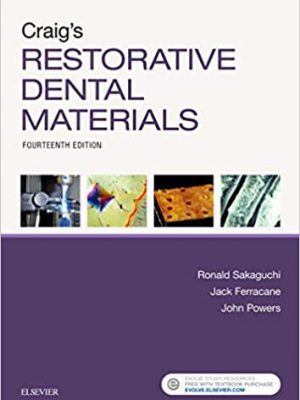
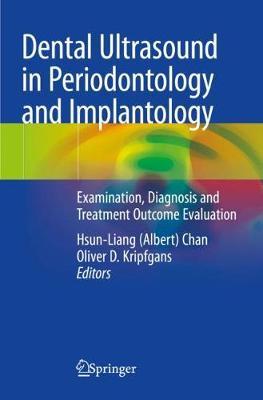
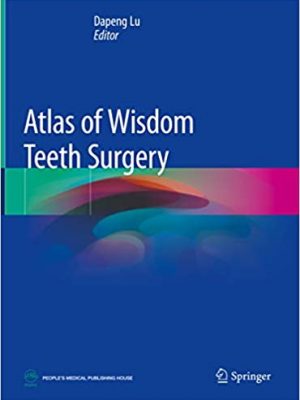
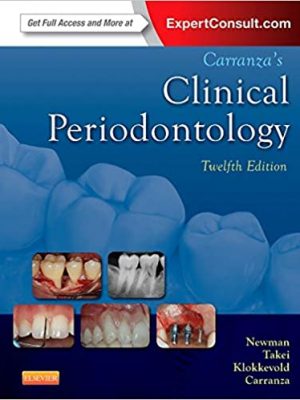
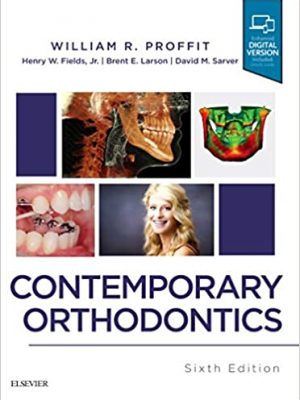
 Dentistry
Dentistry
Reviews
There are no reviews yet.